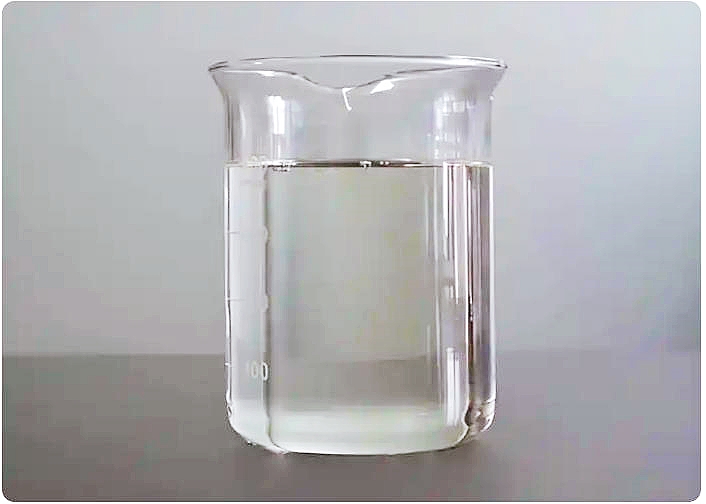What Are You Looking For?
Detailed Explanation of Defoamer Types and Applications
Aug 21, 2025Defoamers, chemical additives that reduce foam stability and eliminate or inhibit foam formation, play a vital role in a variety of industries, including chemicals, food, papermaking, and textiles. They are widely used in wastewater treatment, coatings, and pharmaceutical manufacturing, and they also play a crucial role in enhancing production efficiency and product quality.
Below, we will delve into the different types of defoamers, their mechanisms of action, and their respective characteristics.

I. Types of Defoamers
1.1 ◆ Ester Defoamers
Using ester compounds as the key component, they exhibit high defoaming speed and antifoaming effectiveness.
1.2 ◆ Mineral Oil Defoamers
This type of defoamer primarily uses mineral oil as a carrier, along with hydrophobic solid particles such as waxes and fatty acid metal soaps. They are relatively low-cost, but offer moderate effectiveness and compatibility. They are often used in specific industries, such as papermaking and construction chemicals.
1.3 ◆ Silicone Defoamers
This type of defoamer, with polydimethylsiloxane (silicone oil) as its primary active ingredient, boasts a wide range of applications and excellent properties, making it one of the best defoamer types.
1.4 ◆ Polyether Defoamers
Polyether defoamers are based on specialized block or graft copolymers. They are stable even in high-temperature and alkaline environments and are suitable for applications in the fermentation industry, textile printing and dyeing, and other fields.
1.5 ◆ Alcohol Defoamers
This type of defoamer primarily contains low-carbon fatty alcohols, such as ethanol and isopropyl alcohol. They defoam quickly but lack long-lasting properties, making them suitable for temporary defoaming.
1.6 ◆ Solid Powder Defoamers
Solid powder defoamers are primarily composed of hydrophobic solid powders, such as hydrophobic silica and paraffin. These powders are resistant to high temperatures and pressures, making them suitable for applications under extreme conditions. However, dispersion is a challenge in their application.
II. Defoamer Mechanism of Action
2.1 ◆ Foam Breaking Mechanism
Defoamers eliminate foam by reducing surface tension and through the action of solid particles. Specifically, defoamer molecules enter the foam film and spread out, entraining a layer of liquid adjacent to the film, causing the film to thin locally and eventually break. Furthermore, the hydrophobic surface of hydrophobic solid particles, such as hydrophobic silica, as the active ingredient in the defoamer, effectively punctures the bubble film.
2.2 ◆ Foam Suppression Mechanism
During the foam suppression process, defoamer molecules competitively adsorb at the air-liquid interface, displacing or interfering with foaming agent molecules (such as surfactants and proteins), preventing the formation of new foam. This results in a surface film with reduced strength and elasticity, while also reducing air permeability and making it impossible to maintain foam stability.
III. Overall Properties of Defoamers
Defoamers play an important role in a variety of applications. Their key characteristics include surface activity, chemical stability, physical stability, and cost-effectiveness. Defoamers must possess these properties to meet diverse application requirements. They possess excellent surface activity, enabling rapid action at the gas-liquid interface; they significantly reduce foam stability, causing bubbles to coalesce or break quickly; and they possess excellent diffusion properties, penetrating deep into the foam film and further weakening its cohesion. Furthermore, the cost of the defoamer should be reasonable to ensure that performance requirements are met while also effectively controlling costs.
In summary, the selection and application of a defoamer requires comprehensive consideration of its diffusivity, chemical stability, physical stability, long-term effectiveness, safety, and cost-effectiveness. In practical applications, experimentation is often required to determine the most suitable defoamer type and optimal dosage for a specific system. Currently, the mainstream defoamers on the market include silicones and polyethers, which have been widely used in various fields due to their excellent comprehensive properties.